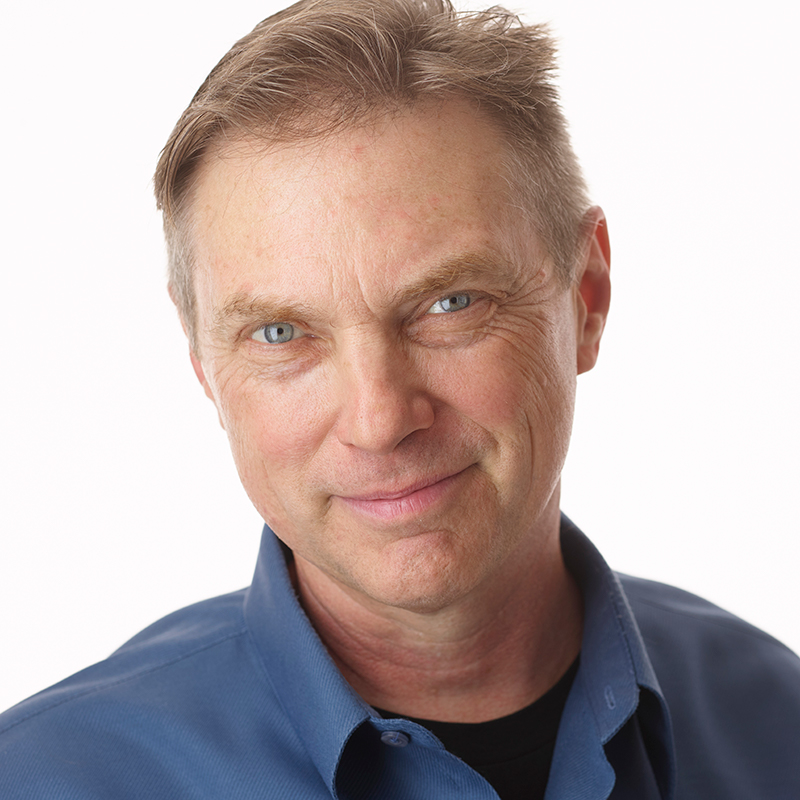Follow Through
Neo-Ericksonian Approaches to Psychotherapy & Hypnosis
Wherefore “Neo-Ericksonian” Hypnosis?
One of my favorite things I get to do each year is to teach Karate-style wood-breaking to an assembled group of high school juniors at an annual Rotary Club Youth Leadership Camp. It’s called RYLA (Rotary Youth Leadership Award) and I’m privileged to offer a two-hour long presentation both on how to break wood and, of course, the metaphorical value of what doing it means. The wonderful people at RYLA flatter me by saying that it is one of the high points of the kids’ experience each year, but it is certainly a high point of mine.
Now, to successfully break a board with your bare hand requires several things. One of the most important of these is to follow through. To do this you aim past the board. You imagine that your target is a few inches on the other side of the board. So, when the time comes to break it, you are not punching the board, you are punching through the board.
I call it creative lying. (It is also an integral part of my E.A.S.E. model of goal getting. If you’d like to read more about that you can find an article about that on my Ericksonian.com website.) I call it that because, in a way, it is exactly what you are doing… you are lying to yourself. The goal is actually to hit the board but you tell yourself, and act as if, your target is beyond the board. The radically improves your chances of succeeding.
Well, in the same way, attempting to emulate or model Milton Erickson and be as effective with our clients as he was is well and good. I can’t imagine any better role model than Dr. Erickson. But what if we dared to imagine going further and aimed just a little bit past that goal? What if we strove to follow his lead and actually improve upon it?
This is the goal of creating the label “Neo-Ericksonian” Hypnosis. I believe in many ways it is the world many of us are living in already. To give it a name allows us to ask important questions and to define and refine what is actually meant by the term. My hope is that, perhaps paradoxically, this will help clarify the original vision Milton had and create even better practitioners of the art.




 Download Doug O’Brien’s paper,
“Be your Best with Self Hypnosis”
Download Doug O’Brien’s paper,
“Be your Best with Self Hypnosis”